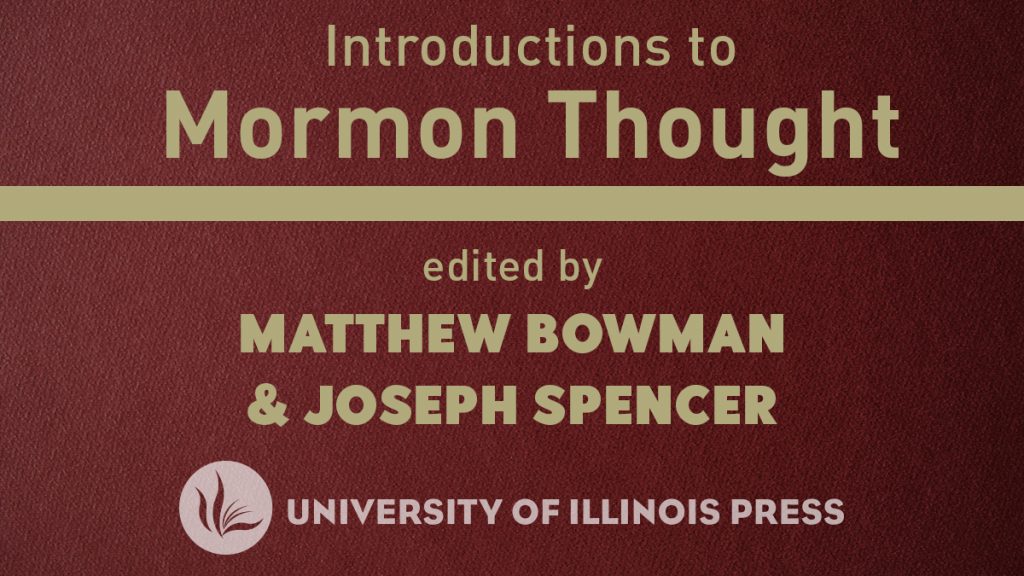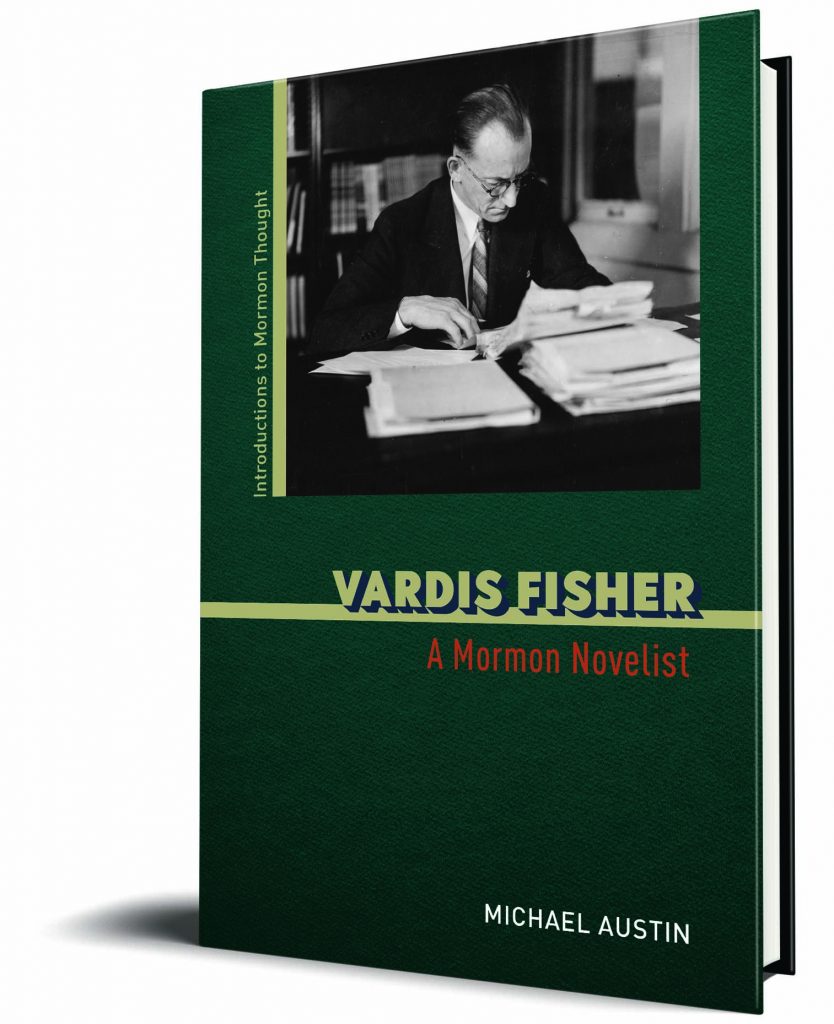
This November, we’re excited to be releasing the first two books in our Introductions to Mormon Thought series edited by Matthew Bowman and Joseph Spencer. In the post below, they give you a sneak peak at the first books and preview what’s to come.
Over the past thirty years, Mormon studies has experienced a renaissance. The field has moved beyond traditional institutional history and begun to develop new ways of telling the story of the Mormon tradition. The explosion of new scholarship has made possible what this series, Introductions to Mormon Thought, has to offer: focused investigation – presented in an accessible, digestible way – of how important figures of all sorts have shaped how Mormons understand themselves. The books are brief, and intended for both a scholarly and a lay audience.
The series draws from throughout Mormon history – moving right up into the present – and highlights a wider variety of intellectual contributions than scholarship often envisions: activists and artists as well as ecclesiastical leaders, figures from the nineteenth century as well as the twentieth, faithful and ex-Mormons, white Mormons and Mormons of color. We as editors are interested, ultimately, in how Mormons have made themselves, how they have imagined what it means to be part of the Mormon tradition, and how they have used a wide variety of tools—from formal theology through arts and letters to ecclesiastical reform—to advance their visions.
We currently have nearly a dozen volumes under contract, and we are pleased to announce the imminent publication of the first two: Eugene England: A Mormon Liberal, by Kristine Haglund, and Vardis Fisher: A Mormon Novelist, by Michael Austin. These two volumes model the range the series will eventually encompass. England is among the first rank of Mormon intellectuals in the twentieth century; a scholar of literature, an essayist, and among the chief advocates of a theologically liberal Mormonism interested in pluralism, aesthetics, and a powerfully optimistic vision of human nature. He lived most of his life near the Utah center of Mormon power. Fisher, on the other hand, was on the Mormon periphery, both personally and geographically; he lived in rural Idaho and after his youthful involvement in the Church did not consider himself an active member. Yet he wrote unceasingly about Mormonism and grappled his entire life with its legacy of community and Western colonialism.
The ground stretching between these two figures is populated with individuals that future volumes will examine. Those for whom we have volumes under contract include: Minerva Teichert, among the most prominent Mormon visual artists whose paintings of religious subjects have become standard in Church buildings and publications; Sonia Johnson, the feminist activist and iconoclast whose opposition to the Church’s position on the Equal Rights Amendment led to her excommunication; Lowell Bennion, the humanitarian and teacher whose work in social reform made him among the most beloved Mormons of the twentieth century; and W.W. Phelps, the nineteenth-century polymath and journalist who served as Joseph Smith’s ghostwriter. The series takes an expansive view both terms “Mormon” and “thought”; we are excited to see how it may serve both as a summation of current scholarship and a doorway to future assessments of the history of Mormonism.
—Matthew Bowman and Joseph Spencer
Stay tuned for more books in the series and make sure to check out our other Mormon studies books and journals!

